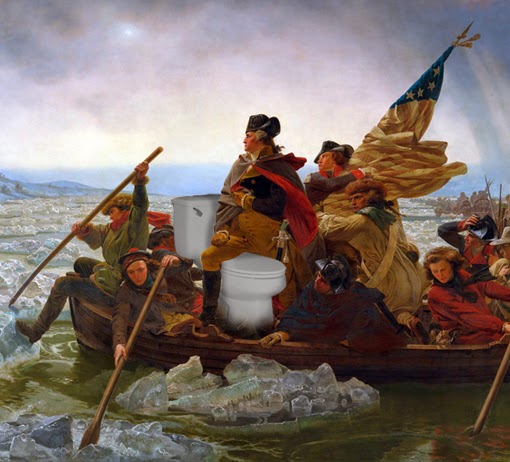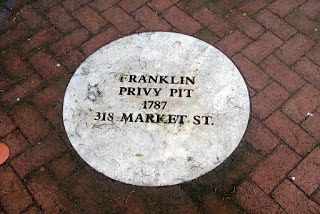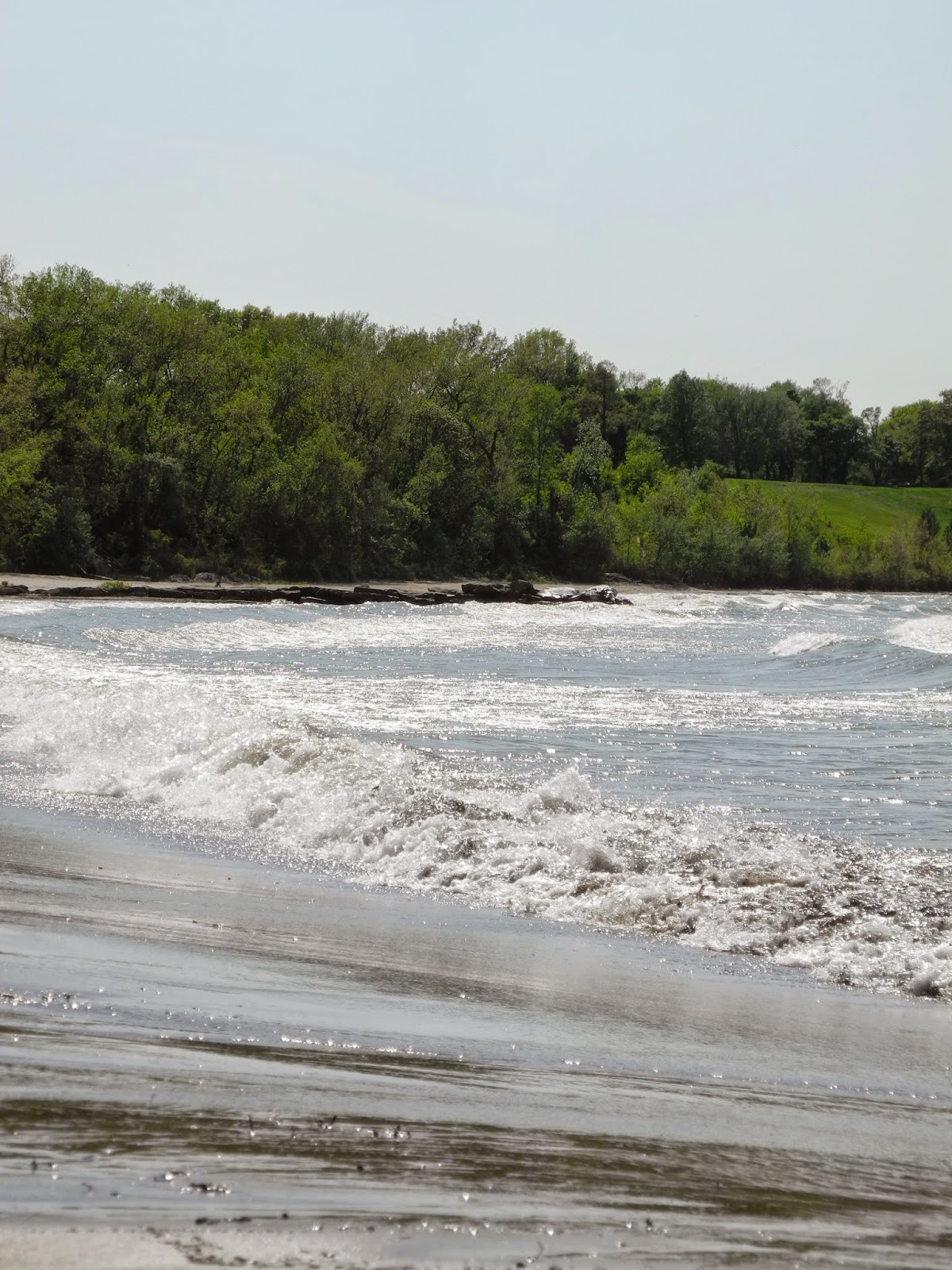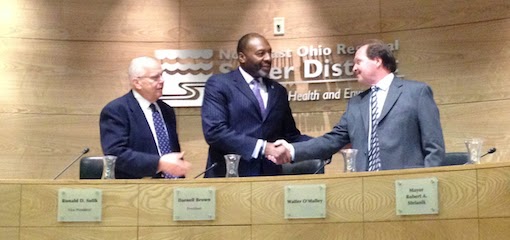
HISTORY: What were toilets like in 1776?
Posted by Jared Shepherd
- 4311 Views
- July 1st, 2014
- in Miscellaneous
- No Comments
Whether America is celebrating its founding fathers or its independence, we ask a question about one item most of us are quite dependent upon today:
What were toilets like in 1776?
To understand the privies of the day, it’s best to look at the entire state of sanitation overall in the late 1700s.
At the time of the signing of the Declaration of Independence and the American Revolutionary War, sanitation left much to be desired. Disease spread easily, especially among troops in the close quarters of army barracks.
As Edward Park put so plainly:
…eighteenth century troops stank. The citizens of Williamsburg (Virginia) would have smelled pretty ripe, too. It’s safe to assume that we would have found the entire Old Dominion—in fact, all thirteen colonies—afflicted with B.O. And since everyone stank, no one noticed it or recorded it for history.
Bathing itself was little more than sponging off one’s face and hands with a washbowl, or maybe sitting in a wooden tub if one partook of such luxury perhaps a few times per year. When Williamsburg’s first copper bathtub was installed at the end of the eighteenth century, servants filled it with warm water from the laundry room. And the used water was merely vented “right out of the house.“
RELATED STORIES:
- TECH: How do you pee in outer space?
- VIDEO: Watch how the toilet works on the International Space Station
- FUTURE: Bathrooms of tomorrow could include smart fixtures
- PRESIDENTS: President Taft had a huge bathtub
 |
| Benjamin Franklin Court privy pit, by Wally Gobetz |
Mainstream flushing toilets didn’t hit the scene until the 1800s—one of the oldest sewers in Cleveland dates back to 1873—so the toilets of America’s revolution were outhouses.
The outhouse of the 1770s was known as a “necessary,” or a “privy.” Benjamin Franklin’s brick-lined “privy pit” is even marked at the spot of his former Philadelphia residence of 1787.
Several years ago, sanitation was voted as the world’s biggest medical advancement since 1840. When we look at all that has changed in America since 1776, who knows what people of the future will say about our bathrooms and sanitary practices today.


